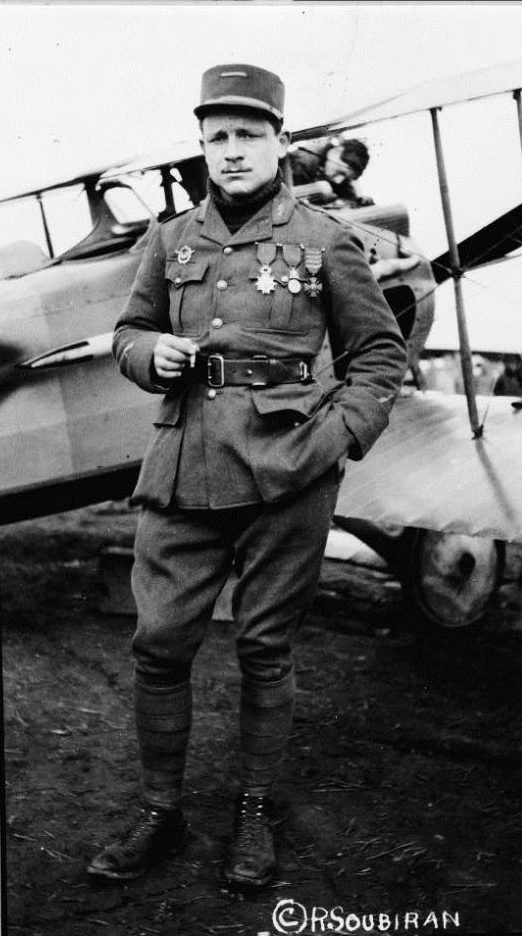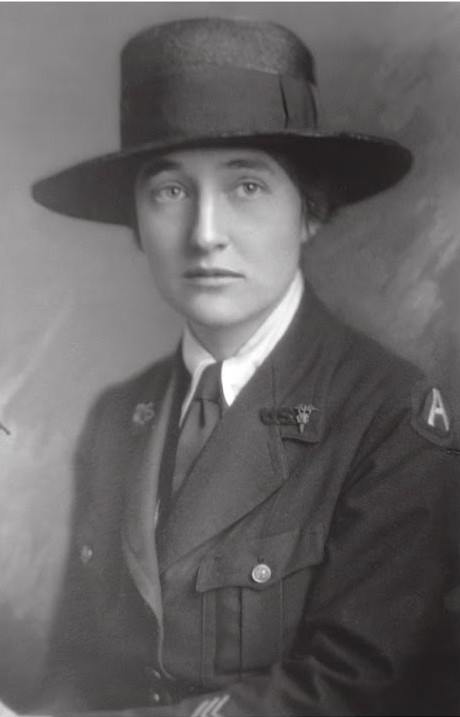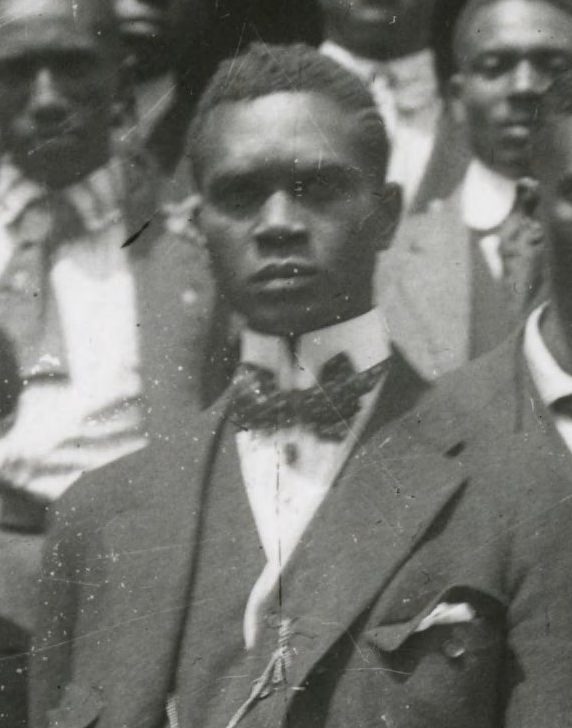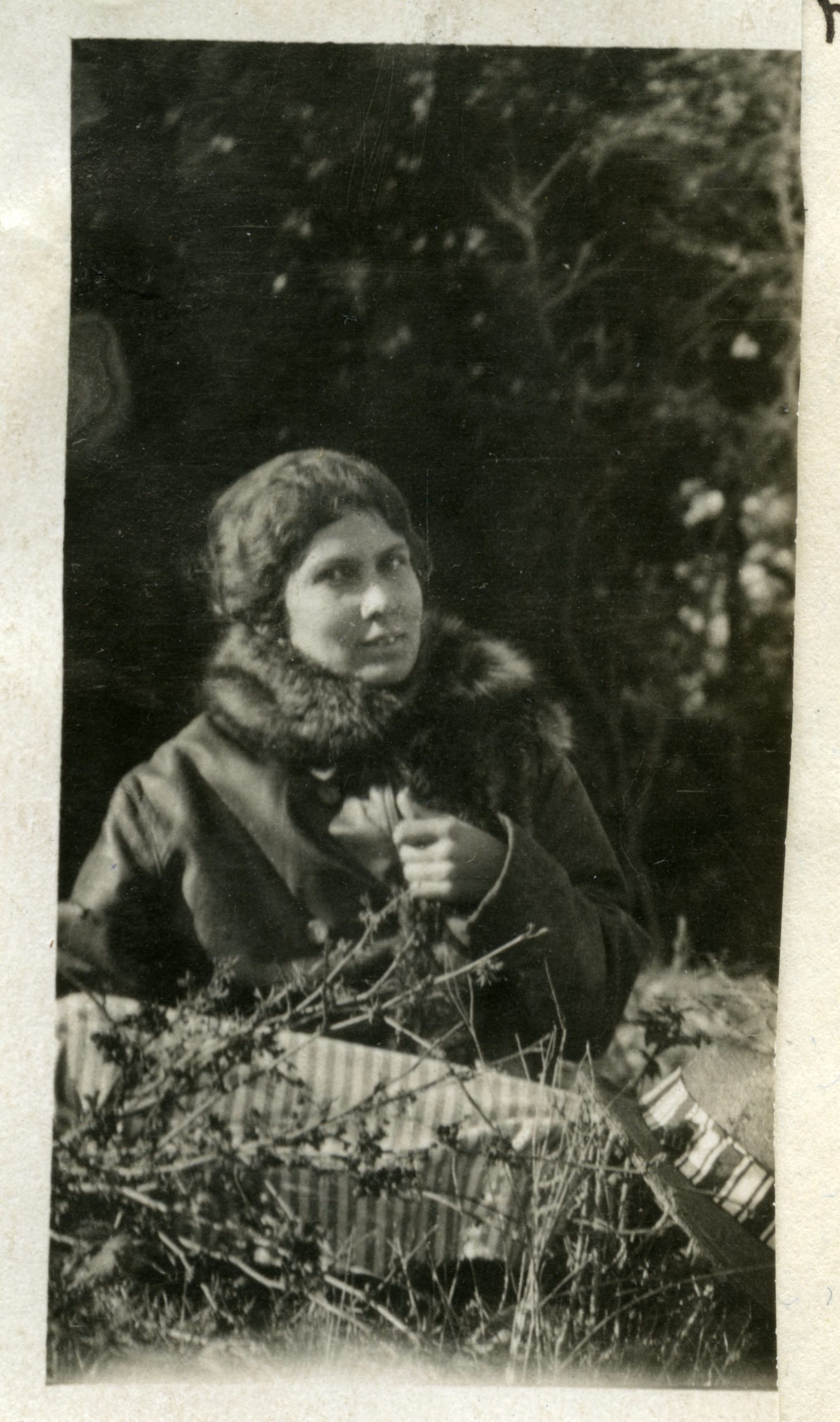by Rebecca Furer for Teach It
TEACHER'S SNAPSHOT
Topics:
African Americans, Health & Medicine, Individuals in History, Military Service, Patriotism, Transportation, Women, World War I
Town:
Hartford, New Haven, Wallingford, Washington
Grade:
Grade 3
Historical Background
What makes someone a hero? How do we remember people who have made important contributions to our communities, our state, and our nation? What can you do to make a contribution? This activity explores these questions through the lens of five World War I “heroes” from Connecticut—four human and one canine! The heroes featured are:
Raoul Lufbery, Flying Ace
Ruth Hovey, Nurse
William Service Bell, Corporal, U.S. Army Engineers
Stubby, Mascot of the 102nd Infantry
Edith Rossiter, War Relief Volunteer
D1: Potential Compelling Question
D1: POTENTIAL SUPPORTING QUESTIONS
- What role have Connecticut people played in major events in American (or world) history?
- What has Connecticut’s contribution to the nation been during wartime?
- What makes someone a “hero”?
- What characteristics do heroes have in common?
- How do we remember people who have made contributions to our community, our state, or our nation?
D2: TOOL KIT
Things you will need to teach this lesson:

Raoul Lufbery, Flying Ace
Image courtesy Library of Congress, Prints and Photographs Division.


William Service Bell, Corporal, U.S. Army Engineers
Image courtesy Dudley Photograph Collection, Connecticut State Library.

Stubby, Mascot of the 102nd Infantry
Image courtesy Library of Congress, Prints and Photographs Division.

Edith Rossiter, War Relief Volunteer
Image courtesy Gunn Historical Museum, Washington, Connecticut .

“Connecticut Heroes of World War I” Chart
D3: INQUIRY ACTIVITY
- Start with a class discussion:
- What makes someone a “hero”?
- What characteristics do heroes have in common?
- Who are heroes in our community, state, or nation today?
- Record students’ responses to these questions.
- Explain that you will be looking at five individuals who lived in Connecticut about 100 years ago, around the time of World War I.
- Give students time to examine each of the portraits from the toolkit. You may look at them all on one day or break them up, studying a different individual (portrait and biography) each day. Ask students what they:
OBSERVE—“what details can you notice about each portrait?”
REFLECT—“what do you think about the individual based on what you see?” QUESTION—“what does this picture make you wonder?” Remind students of your initial discussion and ask, “Based on what you see, do you think this is a hero? Why or why not?” - Distribute the mini-biographies. Again, you may want to break them up, studying a different individual each day. As students read, ask them to circle, underline, or highlight words or phrases that they think describe a “hero.”
D4: COMMUNICATING CONCLUSIONS
- Students will use the “Connecticut Heroes of World War I” chart in the toolkit to organize their information about the individuals studied and indicate whether or not they feel each one qualifies as a “hero.”
- Students will complete a graphic organizer of your choice (Venn diagram, double bubble, etc.) comparing and contrasting two or more of the individuals studied.
- Students will select one of the individuals studied that they feel qualifies as a hero and design a monument to that person (or dog.)
ADDITIONAL RESOURCES
Place to GO
Gunn Historical Museum, Washington, CT
New England Air Museum, Windsor Locks, CT
Connecticut State Library, Hartford, CT
Museum of Connecticut History, Hartford, CT
Things To DO
Have students explore monuments, memorials, and markers in their own town.
- Who or what is remembered?
- What kinds or monuments, memorials, or markers are there? Plaques with words? Sculptures? Markers with pictures?
- Where in town are they located?
- How many can they find?
Websites to VISIT
See pictures of the Lafayette Escadrille Memorial Cemetery and Monument, where Raoul Lufbery is buried: American Battle Monuments Commission
Read or hear a narration of Ruth Hovey’s Service Record (0:00-5:05), letter to her mother from France (5:05-10:07), or citations from the French government (13:45-14:51): CRIS Radio Voices of WWI Project
See an early phonograph in action and hear the World War I-era song, “Sister Susie’s Sewing Shirts for Soldiers,” which inspired the name for the Sister Susies of Washington, CT.
Articles to READ
ConnecticutHistory.org:
- “World War I Flying Ace Raoul Lufbery.” by David Drury
- “Washington’s Sister Susie Society.” This article was originally researched and written by Karen A. Stansbury for the Gunn Memorial Museum in Washington, Connecticut, for their exhibit, “Over There: Washington and the Great War.”
- “A True Dog of War: Sergeant Stubby.”



